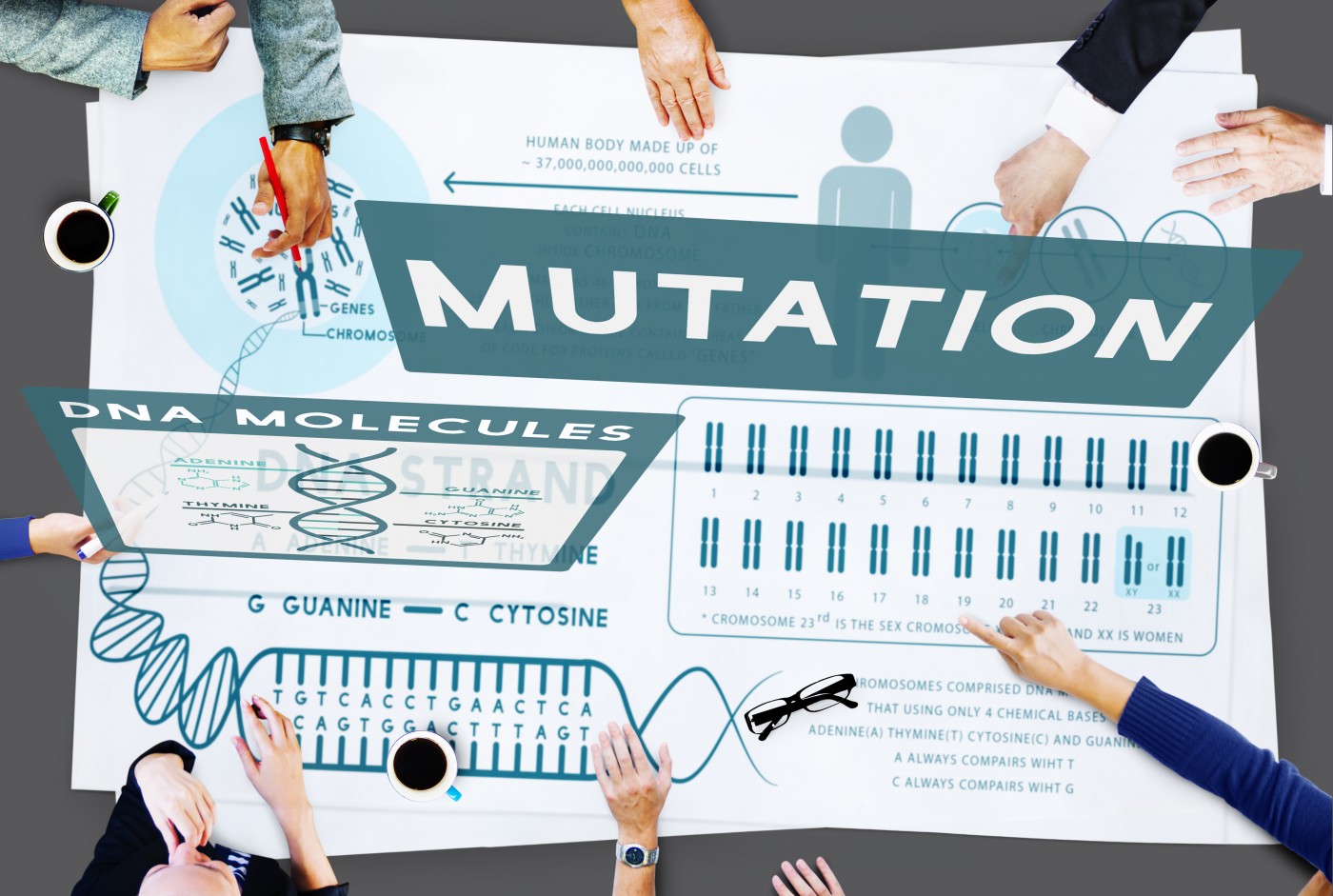High Levels of a Rare Mutation Found in a Case of Severe Mitochondrial Disease

A mitochondrial mutation in the MT-TL1 gene, previously doubted by scientists to cause illness, was found to be linked to severe mitochondrial disease in a 15-year-old girl. The case report showed that the gene variant might indeed cause symptoms, and suggested that clinical manifestations caused by the mutation are dependent on the amount of mitochondria carrying the faulty gene.
At position 3243 in the mitochondrial genome, a point mutation is known to frequently cause MELAS, a condition characterized by mitochondrial myopathy, encephalopathy, lactic acidosis, and stroke-like episodes.
Only 48 base-pairs downstream of this site, another identified point mutation, known as m3291T>C, consists of a switch from the more common thymine DNA base to a cytosine. While this mutation was linked to MELAS in the 1990s, later research has questioned whether the mutation really causes disease.
The study, “The expanding phenotype of MELAS caused by the m.3291T > C mutation in the MT-TL1 gene,“ published in the journal Molecular Genetics and Metabolism Reports, adds to other publications showing that the mutation is pathogenic by describing a case of severe mitochondrial disease with overlapping features of several mitochondrial conditions, namely MELAS, MERRF (myoclonic epilepsy and ragged-red fiber syndrome), MNGIE (mitochondrial neurogastrointestinal encephalopathy), KSS (Kearns-Sayre syndrome), and CPEO (chronic progressive external ophthalmoplegia).
The girl first came to the Children’s Hospital London Health Sciences Centre, Canada, with severe epileptic seizures. When clinicians gained control over the seizures, they noted that the patient needed support to breathe, and remained confused with inconsistent responses, fluctuating awareness, and obvious signs of brain damage. Muscles in her hands and around her eyes were also affected, and a lack of muscle movements in the gut led to severe constipation. The girl also suffered stroke-like episodes, and had severely increased lactate levels.
Brain magnetic resonance imaging (MRI) showed multiple lesions, and examination of her muscles showed several molecular abnormalities. An examination of the mitochondria also found severe anomalies, and the clinical team concluded that the girl likely suffered from MELAS.
A genetic analysis revealed the m3291T>C mutation affected only part of her mitochondria, a phenomenon called heteroplasmy. Analyzing muscle tissue, urine, and blood and skin cells, the clinicians concluded that the levels of affected mitochondria were highest in muscle, where 75 percent of the mitochondria were mutated, followed by urine, blood, and skin.
Researchers found no other mitochondrial mutations, but the girl’s family members — her mother, brother, and sister — carried the same m3291T>C mutation. Levels of mitochondria carrying the flawed gene in the family members’ blood were lower than in the affected girl, and except for headaches and fatigue, the family was unaffected by disease.
The girl was treated with a cocktail of drugs to improve the mitochondrial deficits, including arginine, and slowly recovered, although her cognitive abilities remained disturbed.
Other patients with the mutation have been described to have varying symptoms, and the authors suggested that the manifestation of symptoms is dependent on the degree of mutated mitochondria.






